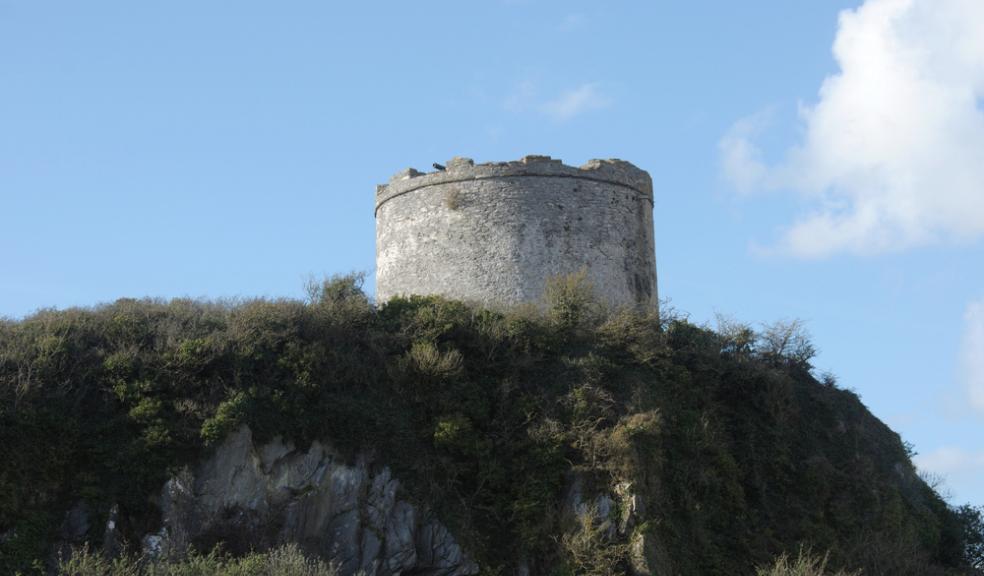
Plymouth's castles and forts get some TLC
Castles and forts within Plymouth’s boundaries have been getting some TLC, thanks to a grant from English Heritage.
Plymouth City Council has secured £53,115 grant funding from the conservation organisation to help stem the tide of time on some of the city’s much-loved monuments.
Work has been carried out on the landmarks – including the 1,000-year-old castle at Plympton St Maurice – as a result of the grants.
Council Leader Tudor Evans said: “Support to help us preserve our heritage is hugely welcome and we hope people will perhaps visit some of these amazing places. We have so much history here, it’s good to be able carry out work that helps show them off a bit as well as protect them.”
Councillor Brian Vincent, Cabinet Member for the Environment said: “These landmarks are part of our history and the work means we can better manage the sites. This is not about restoring but preserving them; removing plants which can creep in and undermine structures and making sure they do not deteriorate further.”
Plympton Castle:
Phase 1 work involves removing tree growth from the motte (raised earth work). The grant will also pay for a detailed condition survey of the remains of the keep and the first three years of the management plan.
Phase 2, which depends on future English Heritage funding, includes removing vegetation from the keep, repairs to the stonework and path, a new fence, replanting and looking after the site through the management plan. Amount awarded so far £20,000.
The keep dates back to Norman times, although the earthwork on which it is built is thought to be older. The outer walls and the buildings within the bailey were destroyed in the Civil War and abandoned.
Mount Batten Tower:
Phase 1 works includes a detailed condition survey, clearing scrub vegetation next to the tower which covers the Civil war earthworks and a five year management plan. Phase 2 is likely to relate to the repairs identified in Phase 1. Amount awarded so far £6,540.
The tower was built in the mid-1600s as a gun tower and takes its name from Captain William Batten, a commander in Cromwell’s Parliamentarian navy.
The 30 foot high landmark, which is a scheduled ancient monument, overlooks the approach to Plymouth Harbour and was designed to have 10 guns on its roof. It was in use during the Second World War with two quick firing guns and later became a coastguard lookout..
The tower is to be lit up at night under a scheme designed to put the city's key landmarks in the spotlight.
Three of the city’s Palmerston Forts: Woodland Fort, Fort Austin and Knowle Battery have also been awarded funding for detailed condition surveys as well as clearance of extensive vegetation. More details of this will be available shortly.













